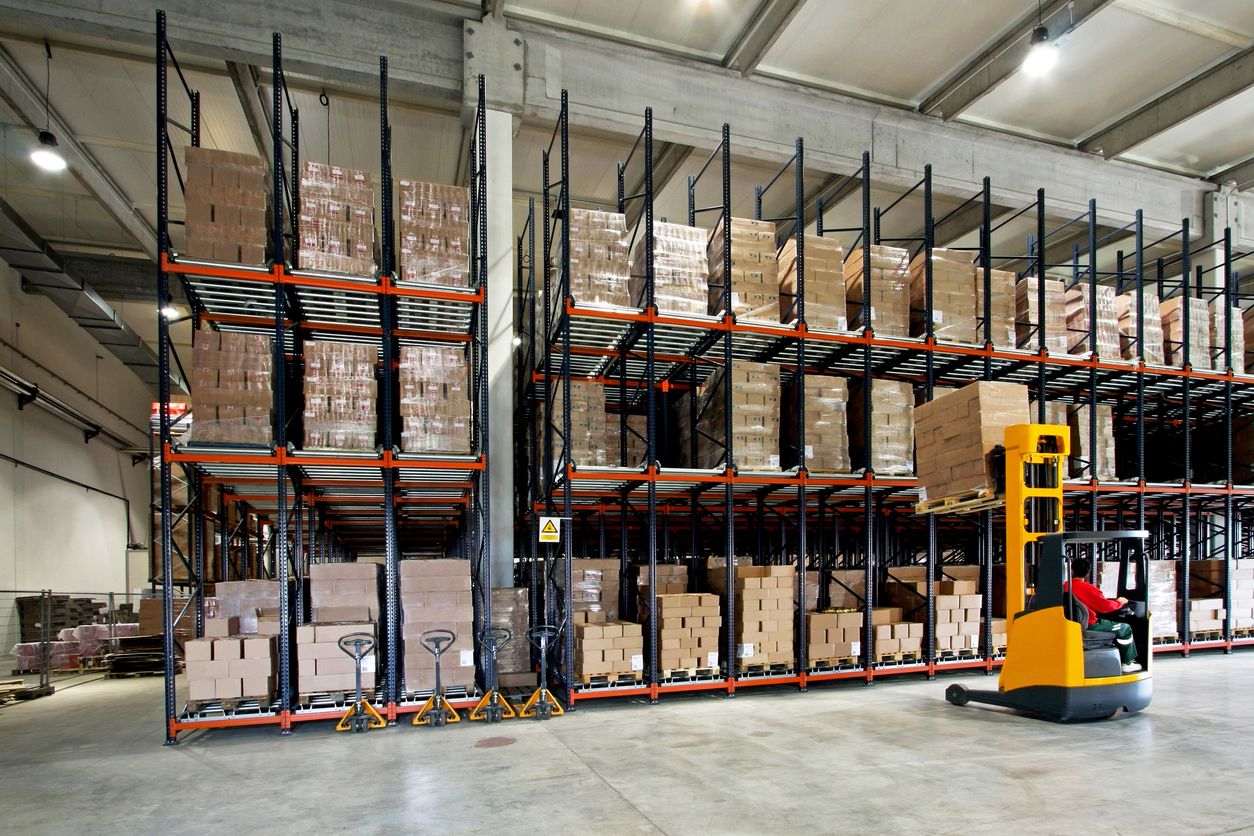Contents
In recent years, due to the problem of labor shortage, the automation of transportation activities in the warehouse has received more and more attention, and automatic transport robots are also increasingly being developed. Today, we will explain about AMR and how it is different from other transport robots like AGV and GTP.
1. What is AGV?
AGV, or Robot AGV (Automation Guided Vehicle) is a vehicle that uses navigation technologies such as magnetic lines, lasers, … to transport goods and materials to pre-marked locations. without the need for human intervention. Autonomous Vehicle AGV, also known as Robot towing goods, Robot transporting goods automatically.

Autonomous vehicles AGV are part of the development process of smart factories (Smart Factory), Smart warehouses as well as industrial automation. Currently, AGV self-propelled vehicles are used in material transportation activities of many industries such as: Automotive industry, electronics, Logistic, pharmaceutical, medical, consumer goods…
2. What is AMR?
AMR robot (Autonomous Mobile Robot) is the name of any robot that is capable of moving in the environment it is placed in, without the need of an operator to supervise or without a fixed and predetermined path to move. run.

The AMR robot has the ability to understand its surroundings thanks to its sensors installed, allowing it to:
- Perform your duties as efficiently as possible and take the shortest path possible
- Avoid collisions with fixed obstacles (such as fixed structures, shelves, workstations, etc.)
- Avoid collisions with moving obstacles (such as operators, forklifts, etc.).
When integrated with warehouse control systems, AMR robots can calculate their own routes, making work processes more efficient and productive.
AMRs can perform most warehouse tasks such as shipping, picking, delivering and sorting goods, even in hazardous or hazardous environments.
3. What is GTP?
GTP (Goods To Person), also known as the delivery system to the hands of the seeker. Well-known examples include KIVA used by Amazon and EVE used by Nike and Sagawa Global Logistics in Japan. This GTP replaces the action of “picking goods” with “automatically going to pickers”.
In fact, the process of manually going and picking orders can take up more than 50% of the time of picking. So an alternative to this is through the use of a “goods-to-person” (GTP) picking method.
In the GTP system, employees do not need to go to each product location one by one to select orders. Instead, the system can pick up needed goods from the warehouse and deliver them directly to workers or operators. Once the appropriate amount of product has been selected, the next item of the order will be delivered to the worker for collection.

4. What is the difference between AMR and AGV, GTP?
How AMR Works
AMR will be used for collaborative work between humans and robots. After knowing the information on the list of selected goods, the AMR will automatically go to the location to store the item to be selected and the operator takes the item from the shelf, placing it on the AMR. After loading, AMR will automatically go to the next pickup location. This work is repeated, after completing the picking, AMR will automatically transport the selected products to the packing area.
How GTP works
Right from the design stage, GTP has a picking and sorting area called a work station and people only work in that area. Based on the list of goods to be picked up, the robot will bring the shelf containing the target product to the work station. People take products off the shelves that have been shipped to the station and sort them into bins with data associated with each destination. Therefore, in the case of using the GTP system, You will not need to go around looking for goods.
- AMR .’s navigation method
AMR mainly recognizes the layout, equipment, obstacles, etc. in the warehouse by SLAM camera or laser image recognition. The main advantage is that it does not require magnetic line installation, which is required for conventional AGVs, and is immediately applicable to your warehouse system.
- How GTP recognizes location
GTP recognizes the QR code pasted on the floor by the camera, thereby knowing the position of the shelf, the current position of the robot. Therefore, when installing, it is necessary to design the warehouse layout, the location to paste the QR code, the location of the dedicated shelf.
The difference in warehouse area between AMR and GTP
For both AMR and GTP, the size of the picking area will affect productivity depending on the daily shipping volume. For example, for AMR, the suitable area is about 1000m2 and the number of workers is 15 people or more. Regarding GTP, the working location if it is larger than AMR and has a large number of people, it will have the effect of saving labor and improving productivity. Regarding the size of the warehouse, it is over 1500m2 and the number of workers picking up goods is from 20 people or more. For example: when applying the GTP system, the number of workers will be reduced from 25 to 6 people, and the transportation output will increase by more than 30%.
Installation time between AMR and GTP
As mentioned above, the AMR does not require a line to be installed from the floor, so it can be immediately put to use in your warehouse and the mapping time for AMR is also simple.
For GTP, it is necessary to conduct a thorough review right from the warehouse design stage, and at the same time to attach a QR code on the floor so that the robot can recognize its location and install specialized shelves, so it will take time. more installation time.

